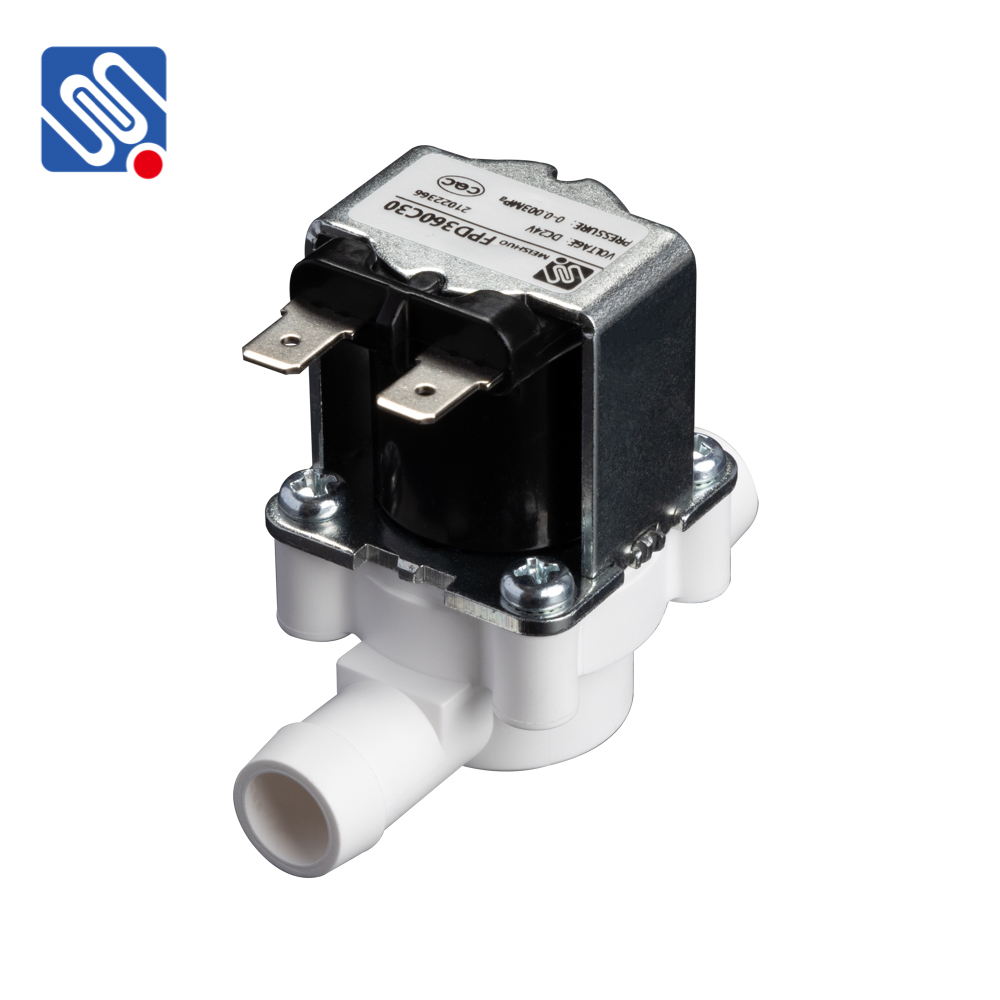understanding low voltage solenoid valve: key applications and benefits
Release time:2025-06-17 06:52:04
A Low Voltage Solenoid Valve is an essential component widely used in various industrial applications, offering reliable control of fluid flow in a broad range of systems. These valves are designed to operate on lower voltage electrical inputs, typically 24V DC or 12V DC, making them ideal for applications where energy efficiency, safety, and ease of operation are crucial. In this article, we will explore the basic principles behind low voltage solenoid valves, their applications, advantages, and key considerations for their use.

What is a Low Voltage Solenoid Valve?
A solenoid valve is an electromechanical device that controls the flow of liquids or gases through a pipeline by utilizing a solenoid coil to open or close the valve. The core of the solenoid valve is a plunger or armature that moves when electrical power is applied to the coil, changing the valve's position. Low voltage solenoid valves operate at lower voltages compared to traditional solenoid valves, usually powered by a DC voltage, such as 24V or 12V. This makes them more energy-efficient and safer for specific applications where high voltage power sources may not be practical or allowed.

